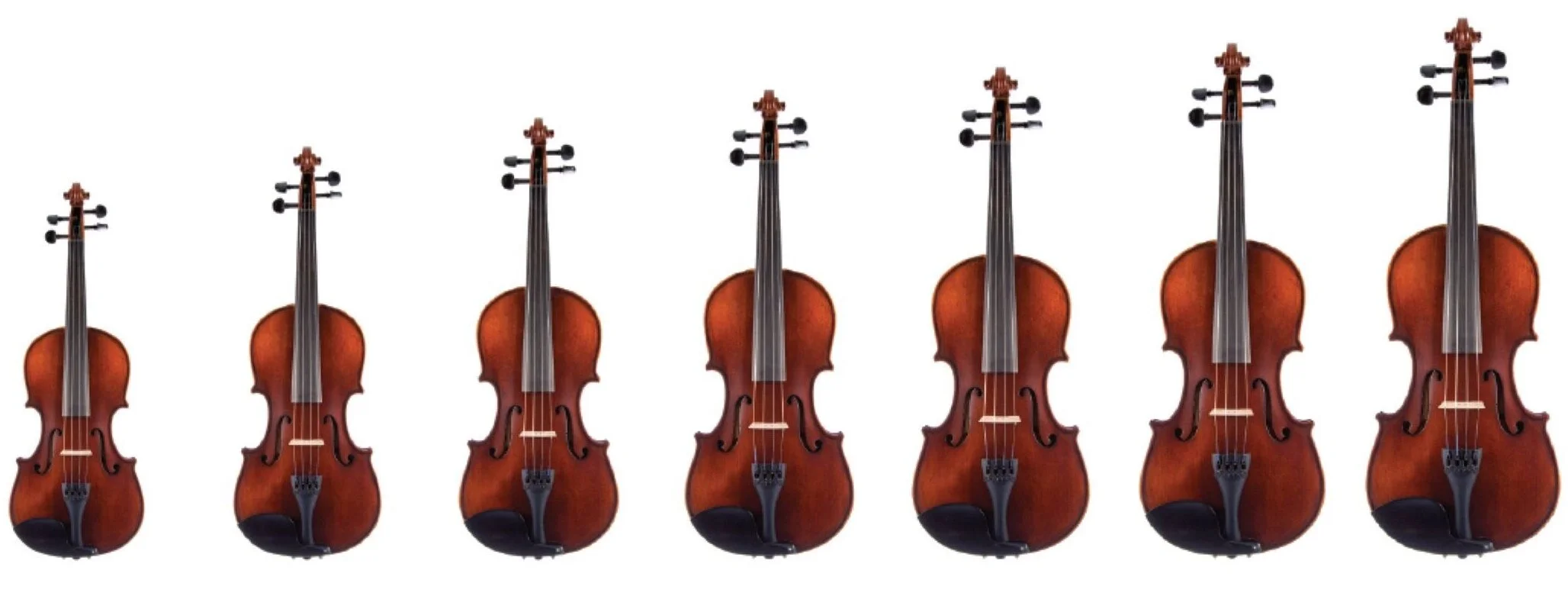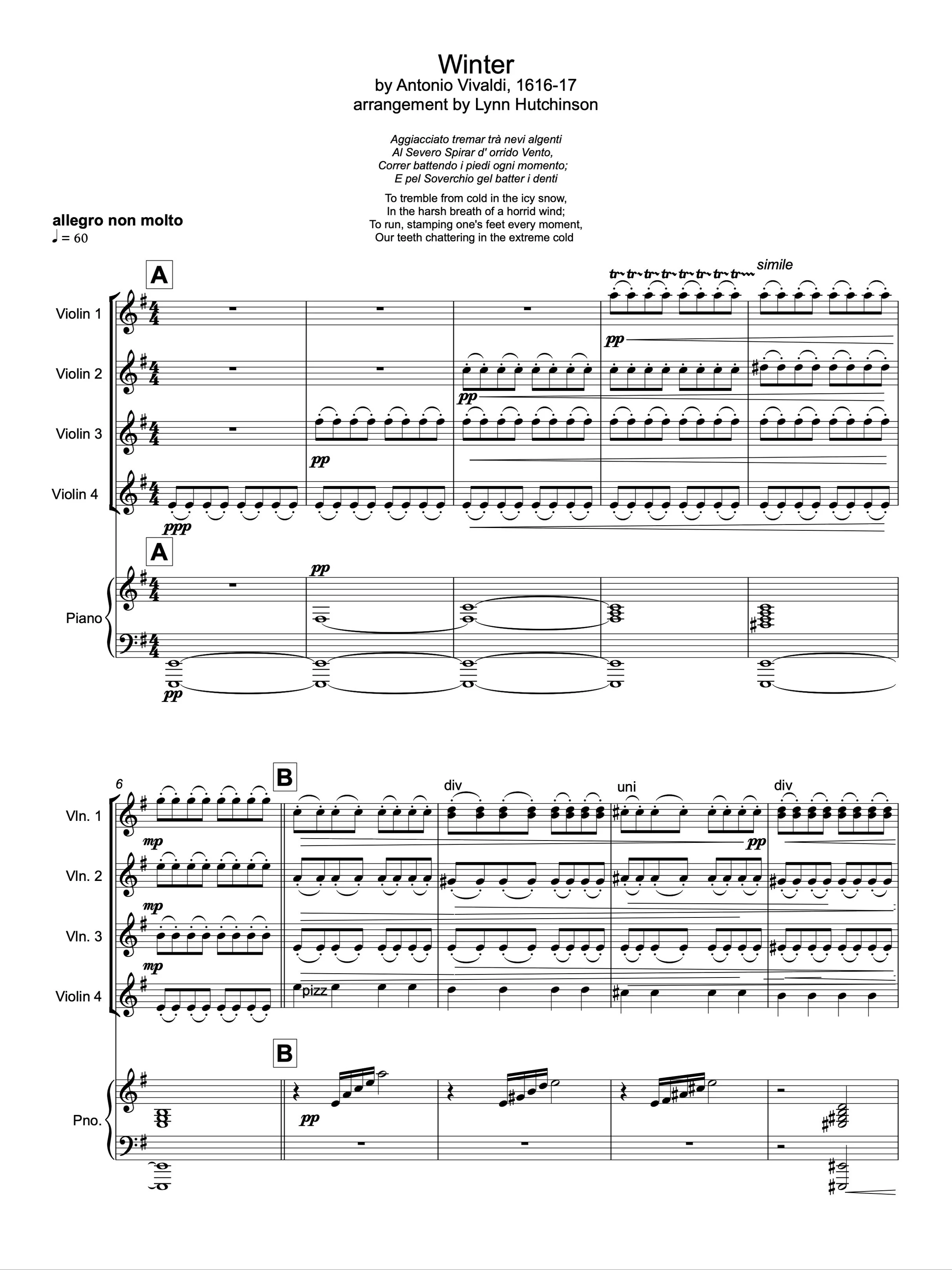Come Together Right Now: mixed ability ensemble pieces
The older players are already there. They’ve rosined their bows, set up their stands, and might even be (is it possible?) drinking a cup of coffee - that sacred liquid of adulthood. Entering the back of the room are two nervous and seemingly shy young players, with cases as long as the players are tall. A mess of brightly-colored metal transforms into a scant little music stand, thanks to the help of a nearby parent. The young player, frozen in her shoes, stares at the Big Kids with mouth slightly agape.
Most likely, those younger players are far more aware of the older ones than the other way around. That is the way of growing up: looking forward to what might be next. But of course, there is - even among worldly wise adolescents - a sense of nostalgia and empathy towards those “littles” in the front row. After all, they were in those small patent leather shoes once upon a time.
Not all mixed ability pieces represent diverse ages. But this example highlights benefits of the occasional mixing up of experience and skill levels. If done right, everyone wins.
I was recently commissioned by a violin teacher to write an arrangement of the first movement of Winter from Vivaldi’s Four Seasons to be performed by her entire studio. At one end, we have five year olds who’ve played for only a matter of months. At the other, high school seniors preparing for conservatory study. And a little bit of everything in between.
Of course, the first priority has to be accommodating the most limited players.
In this case, that means a change of key from the original C Minor, setting up easy entrances, limiting the number of notes, making simple bowings, and shorten the movement into a repetitive excerpt. The intermediate players will provide rhythmic momentum and keep the harmonies steady and clear. They are learning second and third positions, so the possibilities for these tasks are many. The oldest players (the coffee drinkers) will share the duty of the 32nd note scale and arpeggio solos, each getting a turn or two. And, underneath all of this, to provide dynamic support and fill in empty spaces when necessary, I added a basso continuo piano part.
Many would scoff at the liberties taken to make this thing work. Changing keys, cutting and pasting sections and creating new lines out of thin air is not the business of someone who fears irreverence. It’s a bit off the grid and will likely appear “cheap” to die-hard performance practice enthusiasts. To you all, my apologies. I get it. I understand your angst. Giving a kid a false impression about what he or she has accomplished by participating in an arrangement like this could be a slippery slope on the steep path towards pedagogical righteousness. In taking on a project like this, one makes a conscious decision to prioritize experience and exposure over conservative progress.
On the flip side, young players have the opportunity to learn by example. Assuming the older kids have done their work, they model to young ones good posture, hand positioning, bow holds, vibrato and a (hopefully) mature attitude of preparedness and artistry. All good! And it’s impossible to measure the value of potential pride and ownership in younger students having the honor of participating in a serious piece worthy of older students.
Besides being a great experience for young players, an opportunity for older players to be mentors, and a killer photo opp for your studio, an all-inclusive multi-level piece rounds out a recital beautifully, delivering audience members a dollop of nostalgia atop the beautiful program you have planned. Is there a song you can imagine fitting beautifully with a multi-ability arrangement? Pour yourself a cup of grown-up liquid and drop me a line. Let’s talk!




